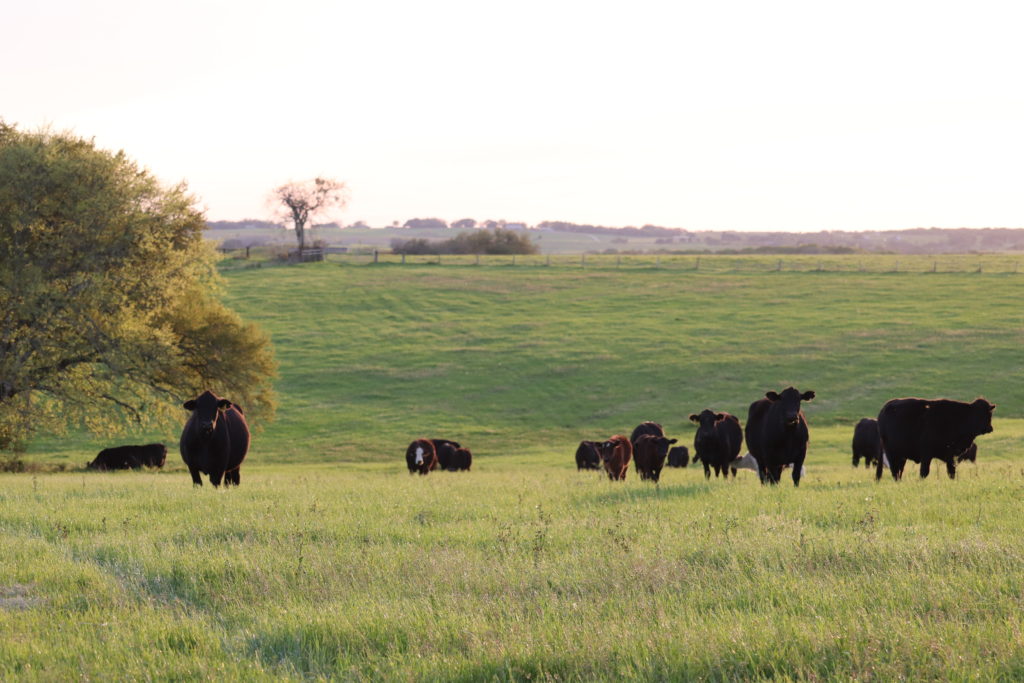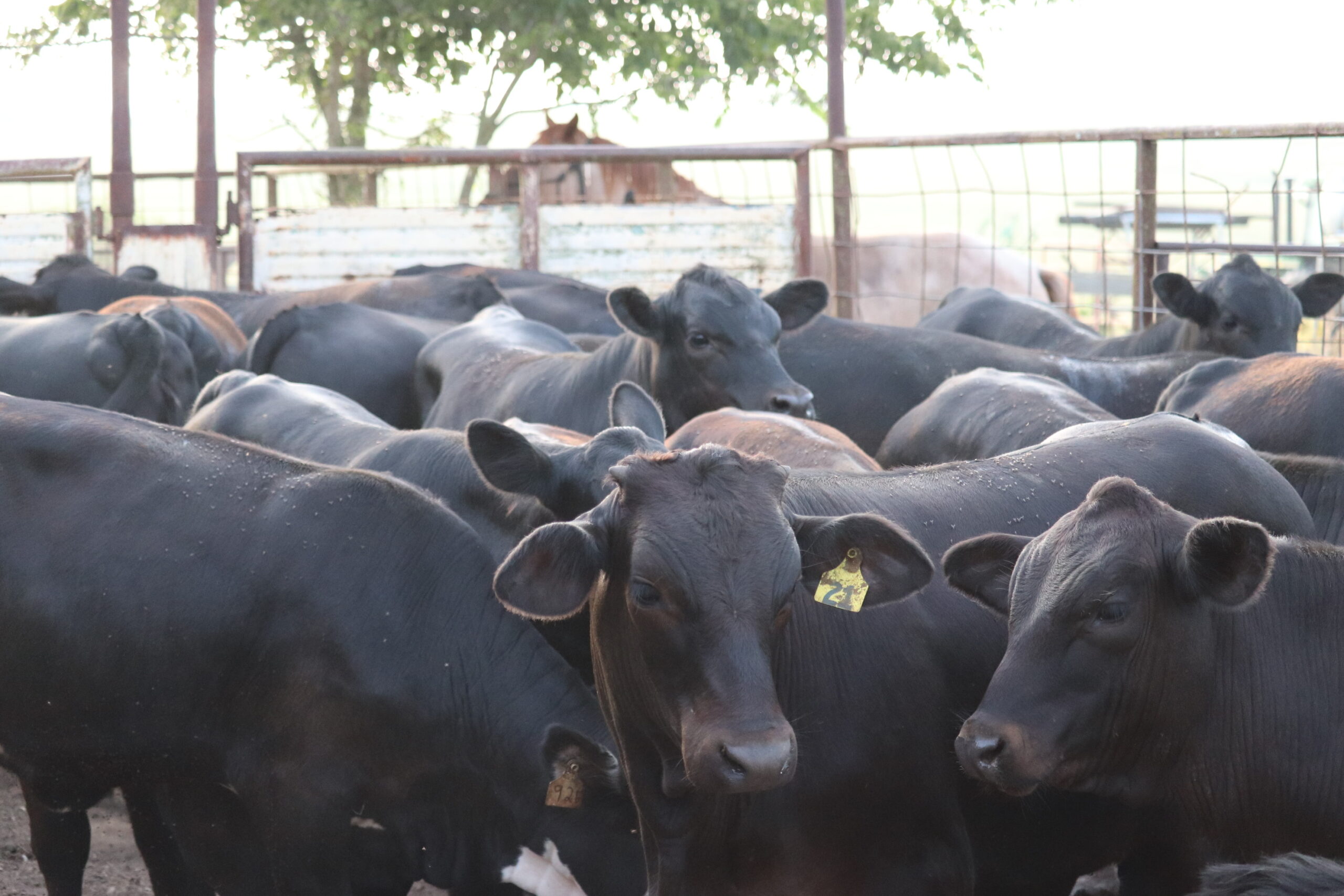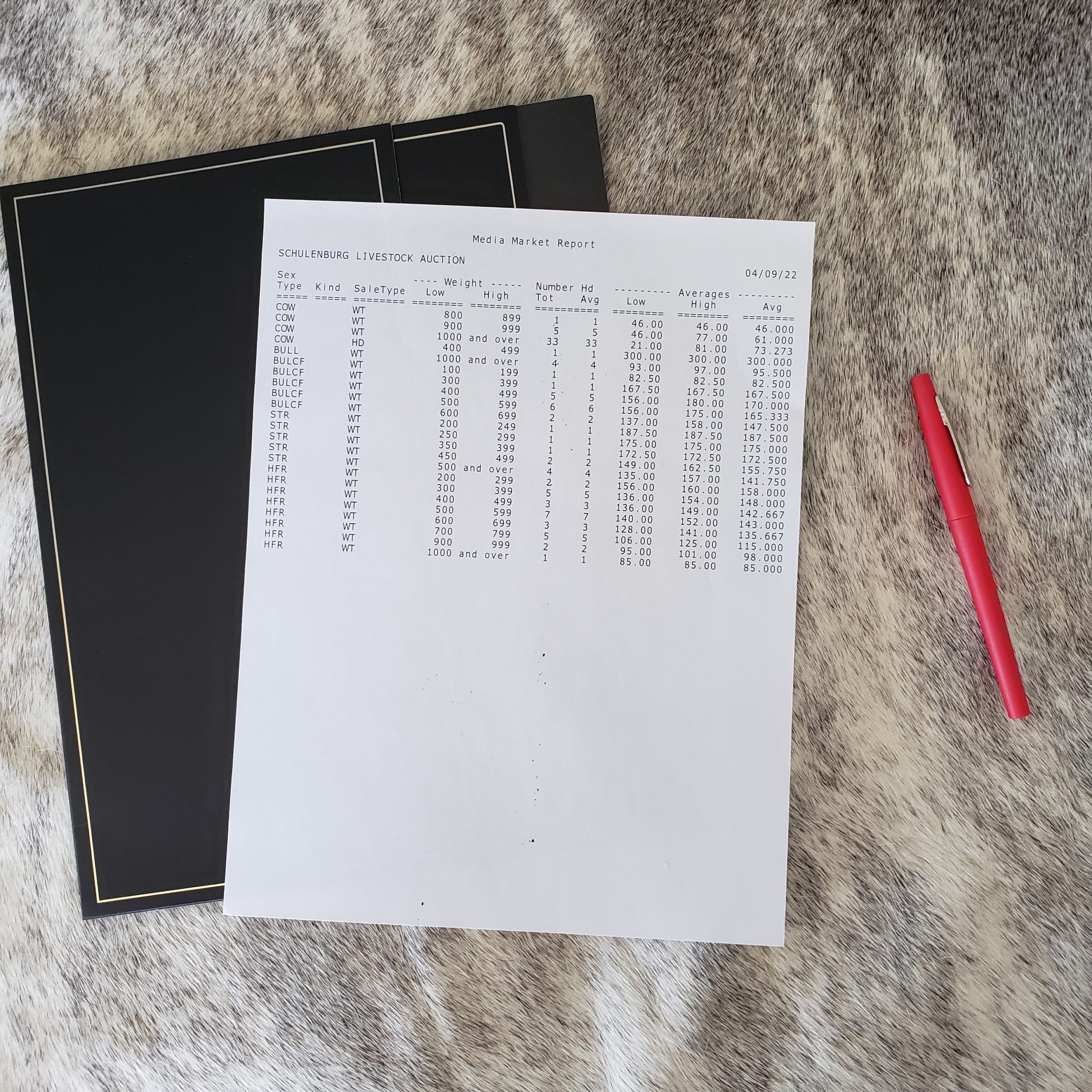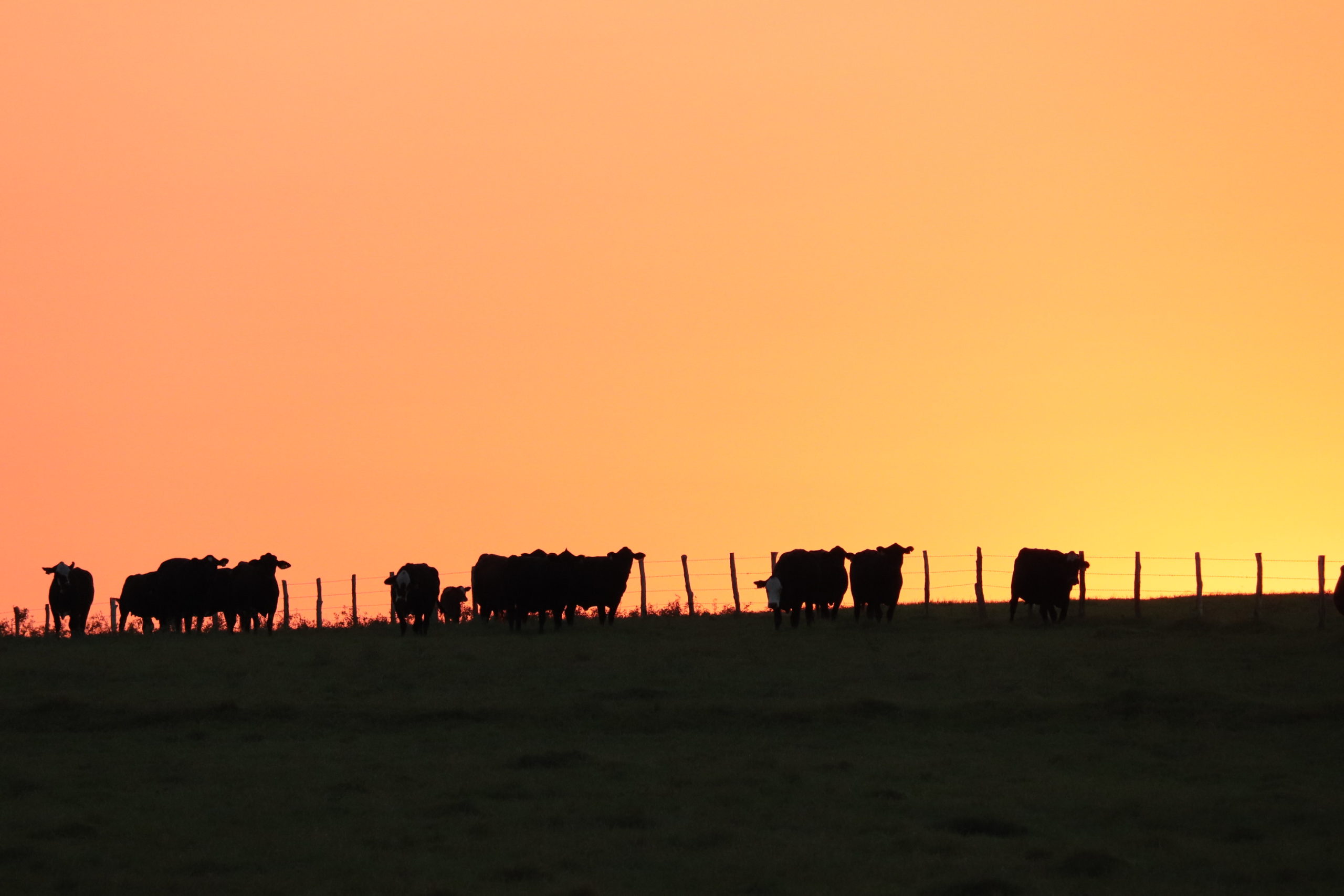You have a cow-calf operation. Your calf crop may come at random times of the year, but when is the best time of year to sell your calves?

Rancher’s Question: I run a cow-calf operation. My cows are not synchronized so my calves are ready to be sold at different times. Ideally, when is the best time for me to sell my calves?
ASK A CATTLE BUYER…
The best time to sell calves is when the market is high. Traditionally, February and March are the best times of the year.
During this time, wheat and oats are readily available for grazing and growing calves. Sales during this time of year have fewer cattle coming through the ring, which means less competition for you and more buyers that are seeking animals for their orders.
The next best time to sell calves is in January, followed by April.

TXFRS tip:
If you are thinking there is no way for you to have calves available to sell during a specific time of year, it’s time to take a look at your herd operation.
Managing your herd can be accomplished when you have solid records of your cows’ production. Accurately keeping records of the dates you turn in bulls to the cows and the dates each cow has calved are two important pieces to finding the breeding pattern of your herd. Tracking heat cycles can be time-consuming, but it is also a key part of tracking production in your herd.
The best time to start a record of this is the day you start your herd. The second best time is now.
Check out CattleMax for cloud organization. Or, create your own system with a notebook or worksheet.
FIND THE BEST HELP
Converting your entire herd to a specific breeding time will not happen overnight. You will need the help of a veterinarian who knows his way around a cow.
This is where your herd plan will come in handy. Knowing the end result that you want to achieve will help your vet track the steps that need to be taken for your ideal end result. Your veterinarian can help you with different breeding and cycling methods to achieve a more uniform breeding and calving cycle.
FIND MORE LIVESTOCK QUESTIONS ANSWERED:
Rancher’s Question: Do Black Hide Cattle bring More Money than Other Hide Colors?
Rancher’s Question: Is there a Strong Market for Grass-Fed Beef at a Traditional Livestock Auction?
Our Ask a Cattle Buyer series is designed to help everyday cattle owners get the answers to their livestock market questions. Longtime cattle buyer, Craig Archer, gives you the answers to your market questions from his years in the seat of an auction ring gallery. Submit your questions to [email protected].
*Texas Farm & Ranch Solution, LLC brings you helpful information for your livestock operation. Texas Farm & Ranch Solution, LLC, and its associates offer no guarantees of profit from this information. Changes to your operation are at your discretion.
Do Steers Sell Better than Bull Calves?
Have you ever wondered if the time and expense you put into cutting your bull calves really worth it? Does it pay to cut bull calves and sell them as steers? Find out if your effort will maximize your profits.
Do You Know How to Read a Livestock Auction Market Report?
A Livestock Auction Market Report is considered a tool to give you a look at how the market is performing. But are you getting all the info?
Continue Reading Do You Know How to Read a Livestock Auction Market Report?
Herd Goals – What they are and why you need them to have a Successful Ranch
Do you have herd goals? Spending your money on cattle just because the price is right may not be your best investment. You need a plan. But you can’t plan if you don’t know what you are working towards. Whether you are new to the ranching game or a seasoned pro, you need goals. Find…
Continue Reading Herd Goals – What they are and why you need them to have a Successful Ranch
What is the Livestock Auction Process?
When you are new to an industry, you start to realize there are so many moving parts and things you have to learn about the business. The process of a livestock auction is an easy one to learn and requires little work from you after your livestock arrives at the sale barn.



